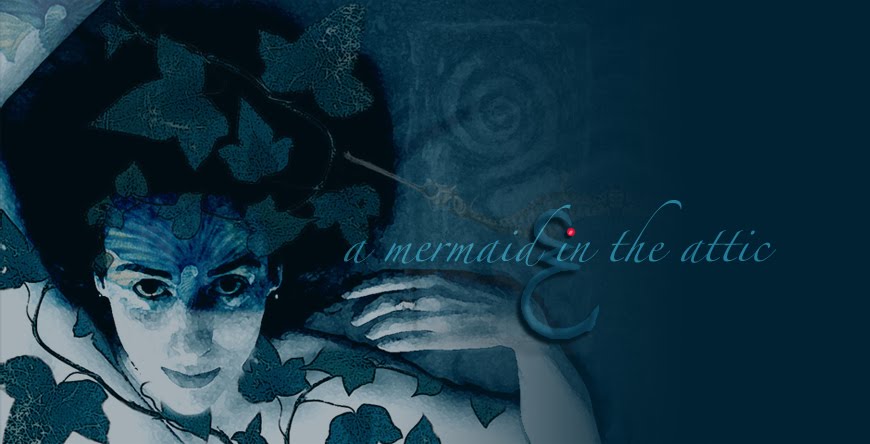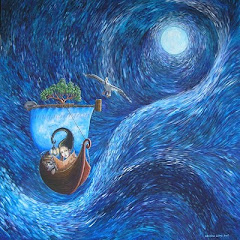The meaning behind the Talesingr’s Tale
The fragments pieced together by Woodford-Harding, and more recent scholars using his raw data, tell a very simple tale of a tribal storyteller who has lost the ability to tell stories. While in today’s modern society this may not be considered a calamity, in an oral culture it has grave consequences. Many oral cultures, both past and present, have a designated storyteller, or bard, and their role goes far beyond mere entertainment. In a society where writing is unknown, such people are the source of vital information, the living, breathing libraries of their people. It is their responsibility to preserve the accumulated knowledge their tribe requires to survive, and to disseminate it when needed. What may seem to be simple ‘fairytales’ to the modern observer, in fact hold vast amounts of information on everything from the correct herb to use to heal an open wound, to the best moon phase to trap particular game, to applications of tribal law, blood connections in relation to marriage, migratory patterns of game, weather patterns for planting and harvesting, the care of the elderly, and so forth. These stories not only strengthened and unified groups in times of hardship (particularly for arctic dwellers during long, freezing winter nights when there was little to do other than huddle together for warmth around a fire), they also taught the younger members of the tribe all they needed to survive and become useful members of the group.
Thus the Talesingr’s story appears to be a cautionary tale, warning against the dangers of withholding information. The Talesingr has selfishly chosen to hold back certain stories in order to benefit herself alone, and as a consequence she loses the ability to tell all stories, simultaneously calling into question her place among her people and putting her whole tribe in danger. The Talesingr is shown the error of her ways, and to put the situation to rights she must sacrifice the very treasures she has hoarded.
Inscription on back reads "Fitting in with the locals! W.H" The man on the far left is believed to be Woodford-Harding, circa 1907. Woodford-Harding bequest.
Professor Woodford-Harding's groundbreaking discovery and his controversial conclusions
Details of the Talesingr’s story emerged gradually over the course of Woodford-Harding’s researches. He began to take note of the ‘prologues’ often used by storytellers to begin a tale because he noticed similarities wherever he travelled. Phrases such as, “I found the bones of this story hanging in a tree…”
“The old woman left this tale in the snow when she passed long ago…”
“Crow found the bones of this tale, and whispered them to me…”
“I had this story from the wind, who took it from the Talesingr…”
Woodford-Harding presumed at first this was a standard phrase, much like our ‘once upon a time’, which simply indicated a story was about to be told and people should hush and listen. However he realised as he travelled more widely that the same, quite specific, details appeared again and again, and he began to ask storytellers not only about the stories they told, but also about the Talesingr motif used to introduce them. What emerged was a consistent, though highly fragmented tale. What also emerged was the indication that traditional storytellers from Finland to eastern Siberia used the ancient figure of the Talesingr as both a kind of muse, and a validation of the stories they told. Old tales known among many groups were often considered to be ‘Talesingr’s children’, stories passed down from storyteller to storyteller over aeons. But equally, a new tale would rarely be introduced as invented entirely by the storyteller her/himself. Rather they might say, “I was walking in the snow and I found the bones of story left by the Talesingr and I have sung new life into them.” Storytellers also told Woodford-Harding that the vast majority of the Talesingr’s tales had indeed been lost, many known only through tantalising snippets, sometimes no more that a story title or a character name. Woodford-Harding collected many of these, hoping that by piecing together these fragments he might be able to restore these lost tales as he had done the Talesingr’s story, an thus create a storehouse of some of the oldest stories known to man. Some of Woodford-Harding’s conclusions are considered controversial at best in this regard, particularly his insistence that many well known modern fairytales are the descendents of these lost tales. Given that there was (at the time) no knowledge of these fairytales among the people most familiar with the Talesingr, and in countries where the modern fairytale developed there is no evidence the Talesingr was ever part of oral folklore, this seems highly unlikely. Most modern scholars consider that Woodford-Harding’s belief this was the case led him to piece together story fragments to fit his preconceived ideas, rather than using rigorous and objective research to match parts together. Research is continuing in this area, using both Woodford-Harding’s raw data, and new research collected utilising modern anthropological methods. The outcome remains to be seen, but whatever truth is ultimately revealed, Professor Woodford-Harding’s contribution cannot be overstated.
___________________________________________________________________________________________________________________
All text and artwork © Christina Cairns 2011
Old photos public domain (as far as I know!)







3 comments:
Fascinating - thanks for posting this. Your art is magical! ♥
Thanks Angela!
I am engrossed. Living in the world you're spinning for a few minutes is charming in both senses. Do keep them coming please.
Post a Comment